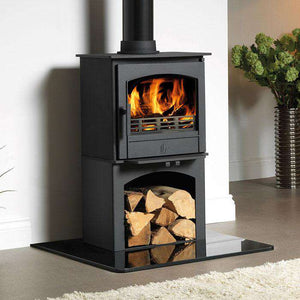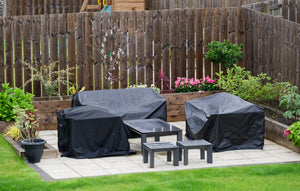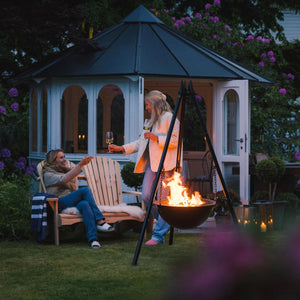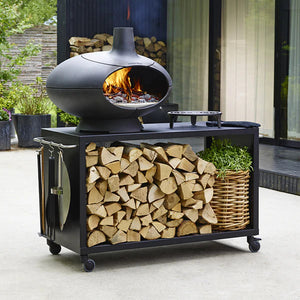Can I Burn Wood Without Causing Pollution?
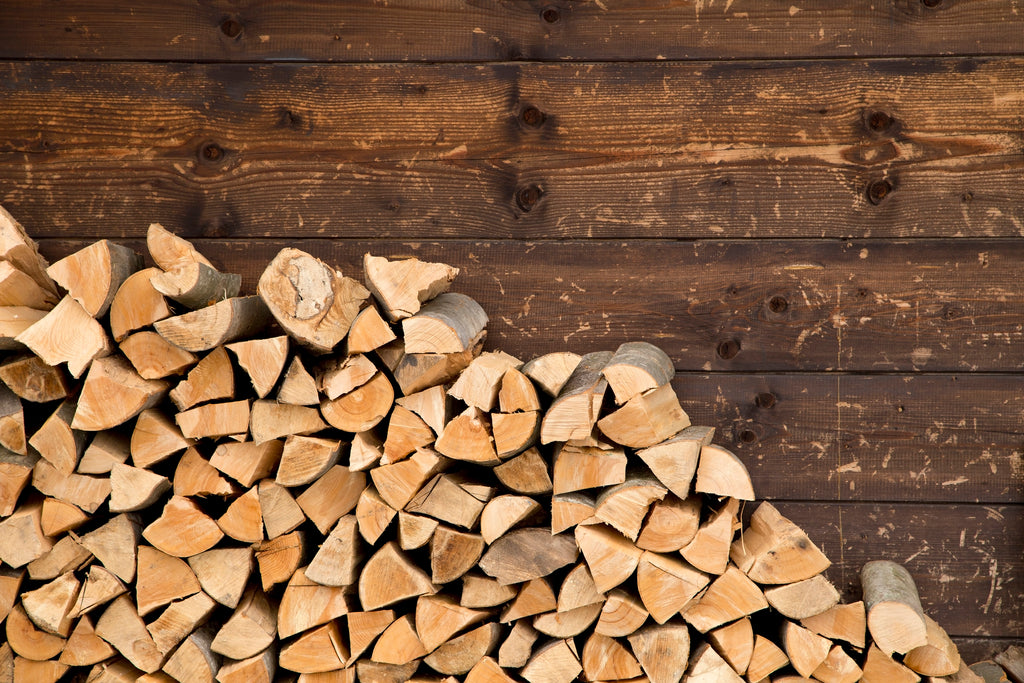
There have been a number of reports recently highlighting the issues with burning wood and solid fuels and the extent that they contribute towards air pollution in the UK.
As part of the government’s 25 year plan to improve air quality across the country wood burning stoves and open fires have come under increasing scrutiny, being accused of causing 38% of damaging pollution in the UK. In reality must of this pollution is unnecessary and if we understand the causes of air pollution we can make changes as individuals, and as a country, to improve life for everyone.
How do I get it right?
If you are operating your wood burning stove correctly this can make a massive difference in the amount of harm this can do to the environment. Not only this, but using your stove correctly can actually help you save money in the long run!
Use plenty of small kindling/sticks or a suitable firelighter. The key is getting the fire established quickly. Any slightly larger logs should go on top of this, always making sure that they have a moisture content of less than 20%. A moisture metre can indicate if your fuel is ready to burn.

The Valiant Colour Change Moisture Meter is a great stove accessory to purchase, with a colour changing screen to indicate the moisture level in your wood.

Set air controls to fully open.
Light the fire and close the door.
Bring your stove up to temperature. Your flames should fill the firebox but without going up the chimney. You should leave the fire to burn for around 15 minutes to bring the stove up to the correct operating temperature.
After waiting the right amount of time, this is when you can begin to re-fuel with slightly larger logs. You should only add these larger logs after your smaller logs have caught fire, as adding them on too early can reduce the temperature of the fuel that is already burning. After adding a new log to the fire allow this a few minutes to establish.
Now is the time to close any air controls that allow air into the stove directly from the room. Once this has been closed the temperature will continue to rise.

We recommend purchasing a flue pipe thermometer, like the Valiant Stove Pipe Thermometer which is available from our online store for only £12!
If you have a flue pipe thermometer this will provide a good indication of how hot your stove has become, and you should aim to keep the temperature within the ‘best operation’ range. It’s a small price to pay to ensure that you maintain a safe and efficient operating temperature and reduce your fuel consumption.
Reduce the amount of air coming through any secondary controls, but don’t close it too much! Reducing the amount of air will slow the rate of the burn, but closing this too much will impact on the performance of your wood burning stove and could cause more smoke to be produced than intended.
If in doubt, check your chimney. The best way to know if your stove is operating correctly is to take a look outside at your chimney. If you see smoke, you know that you need to make some adjustments to the air controls and not enough air is getting to your fuel. Make adjustments to your air vents until you no longer see smoke to ensure you’re reducing your impact on the environment as much as possible.
- Stove Reviews


